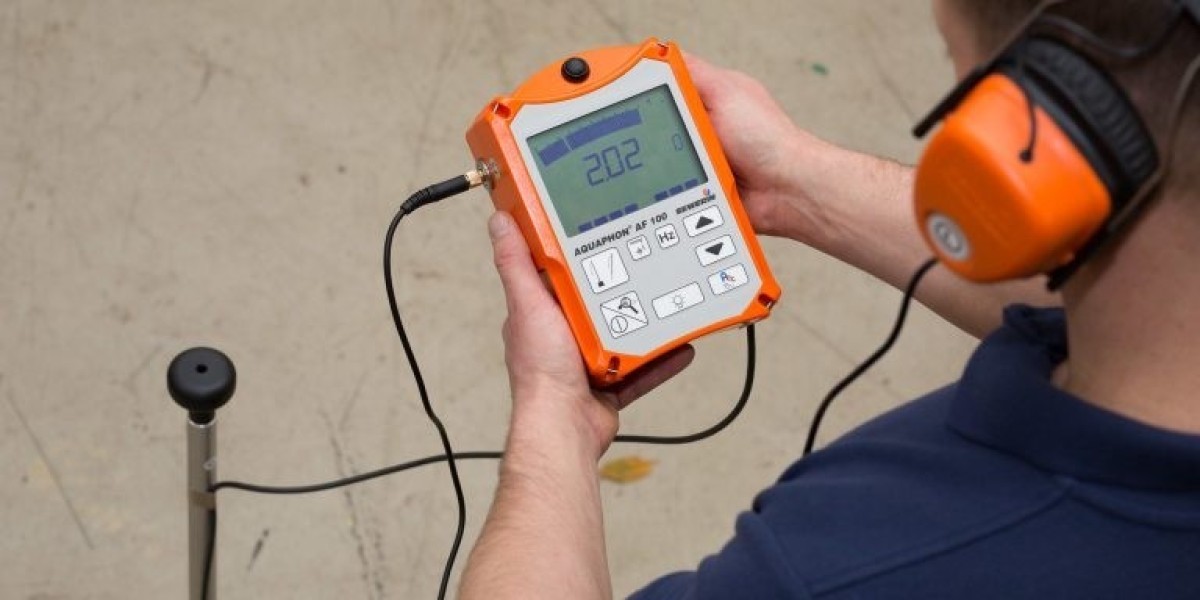Raffles can be a great way to raise money for your cause without having to launch a crowdfunding campaign. Big prizes like guns, booze, or Coach purses draw attention and boost ticket sales.
Another popular raffle option is a 50/50 draw. The prize escalates as tickets are sold, so you can raise more money for your cause.
Ticket sales
A raffle is a type of lottery in which people pay for a chance to win prizes. It is usually regulated by state, federal, and municipal laws. Raffles are not the same as sweepstakes, which can’t require a fee to enter.
When deciding how much to charge for tickets, consider your fundraising goal and the number of items you’re offering. Also, evaluate your target audience’s demographics and financial means to determine if the price is affordable for them.
Encourage ticket sales by promoting the raffle on social media, in-person events, and email newsletters. Make sure to clearly communicate all raffle details, including the drawing date and prize descriptions. You can even include a space for ticket buyers to write down their contact information on the back of the ticket. You can also use an online platform like Zeffy to manage ticket sales, automate reminders and follow-ups, and provide automated purchase receipts for supporters. This will help you stay connected with your supporters and keep them engaged.
Taxes
Raffles are a popular way to promote an organization and increase fundraising support. While these events are fun and engaging, there are several income tax considerations that must be taken into account. These include unrelated business income (UBI), reporting requirements, and withholdings. Fortunately, with some advance planning and nonprofit tax services, these issues can be avoided.
The IRS considers raffles a form of lottery, and any prize winnings are subject to federal taxes. Therefore, organizations must report the winners on Form W-2G, Certain Gambling Winnings. This form shows regular and backup withholding amounts if the prize winnings exceed two thresholds.
The first threshold is the total amount of the prize minus the cost of participating in the raffle. The second threshold is the number of tickets purchased. If the total ticket sales are less than $600, the nonprofit doesn’t need to file Form W-2G. However, if the winnings are more than $600 and more than 300 times the cost of the ticket, then the nonprofit needs to file the form and withhold 25% of the prize winnings from the winner.
Organizing the event
When organising your event, make sure to have clear goals and objectives in mind. Determine why you’re organizing the event, who your audience is, and where they live online. This will help you find a venue and attract attendees to the event. Also, decide how you want to incentivize fundraisers – for example, you can give them an entry for every donation they receive through their fundraising pages.
Organizing an event requires a team of people working together to make it happen. Delegate tasks and responsibilities to subcommittees and ensure they can complete their assigned roles within the event’s budget. Communicate regularly with team members using a communication tool like Blerter to ensure there’s one source of truth and everyone has the latest information.
Prizes
The prizes associated with a raffle can boost fundraising and attract attention. However, it is important to choose a prize that fits the scope of your event and your audience. Larger prizes require higher ticket prices and donations to cover costs, while smaller prizes can be more cost-effective.
The best prizes vary by region and demographic, but there are some universally popular items. Cash is always popular, and jewelry and electronics also draw a crowd. Travel and experience prizes are especially appealing, but even local attractions such as a free rental car can do the trick.
Spa services are another popular prize for family-friendly events. Gift baskets of sweet treats are another way to attract supporter’s attention. Smaller prizes like a bottle of wine can be displayed in floral foam with numbered sucker pulls. Participants pay to pull a number and receive the item. Then, they can enjoy the rest of their drink with friends.



